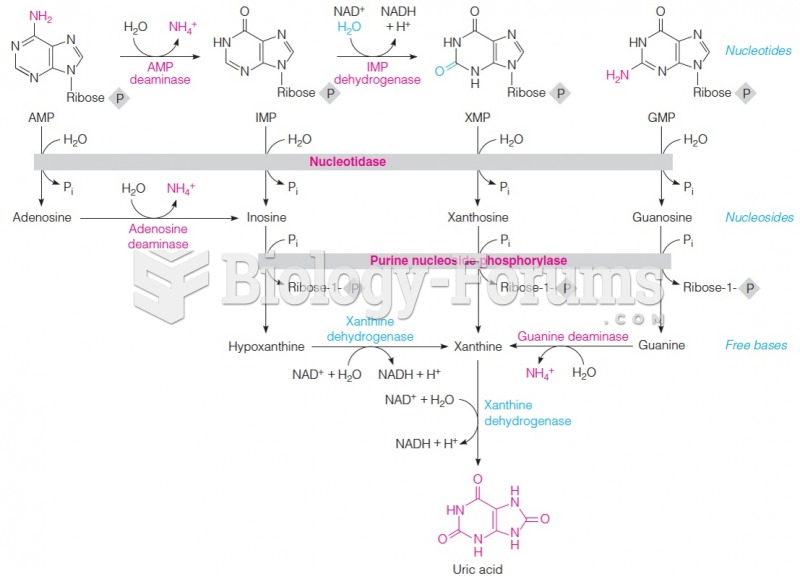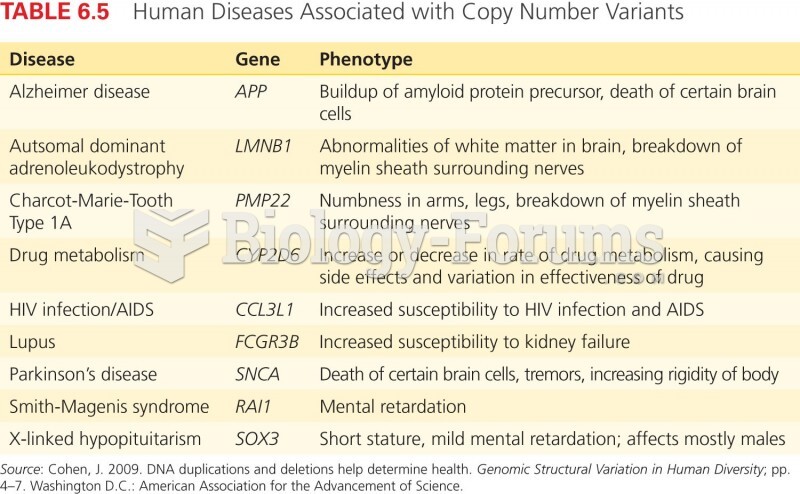|
|
|
Did you know?
The Babylonians wrote numbers in a system that used 60 as the base value rather than the number 10. They did not have a symbol for "zero."
Did you know?
Excessive alcohol use costs the country approximately $235 billion every year.
Did you know?
The FDA recognizes 118 routes of administration.
Did you know?
Complications of influenza include: bacterial pneumonia, ear and sinus infections, dehydration, and worsening of chronic conditions such as asthma, congestive heart failure, or diabetes.
Did you know?
On average, someone in the United States has a stroke about every 40 seconds. This is about 795,000 people per year.







